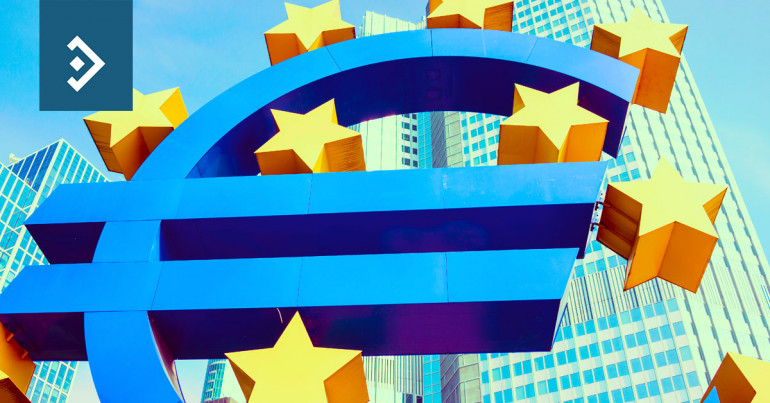
Draghi drives Euro Higher
Morning mid-market rates – The majors
September 25th: Highlights
- ECB President turns hawkish
- Trade and Fed keep dollar firm
- Sterling retraces losses as Raab says deal still possible
Draghi sees inflation rising in Eurozone
The scaling back of purchases of bonds which added liquidity to the market is due to start next month and is expected to halt completely by the end of the year or in early 2019.
Interest rates are likely to remain on hold until next Autumn as ECB President Mario Draghi strives to provide as much support as possible to the weaker economies of the Eurozone.
Those expectations were altered a little yesterday as Draghi made a speech in which he was more bullish about the Eurozone economy than he has been for several months. He was also hawkish about the prospects for core Eurozone inflation which he sees starting to rise. He labeled the outlook for inflation “relatively vigorous” and expressed a confidence that recent rises in incomes would continue.
The single currency rose on the back of Draghi’s speech driven by the possibility of an earlier change in monetary policy that had been expected despite an affirmation that the ECB will keep rates on hold through next summer. The next ECB Monetary Policy Meeting is on 25th October, although there is a General Council meeting this Thursday following which Draghi will make a speech which is now sure to be eagerly anticipated.
The euro rose to a high of 1.1816 yesterday. However, a combination of resistance at 1.1820 and the dollar’s rise on Chinese tensions (see below) saw it correct to close at 1.1749 just three pips higher on the day.
Considering your next transfer? Log in to compare live quotes today.
Trade and Fed keep dollar firm
The market places an 80% chance that rates will be raised tomorrow but it will be the press conference at which Fed Chairman Jerome Powell will outline the Fed’s view on the economy as we come to the end of Q3 that will interest traders. A Fed Funds rate of 2.50% is expected by year-end by which time the Fed will be able to pause for contemplation as rates will be becoming close to normal.
The dollar index continued its recovery yesterday reaching a high of 94.37 and remaining firm overnight. A further cause for the dollar’s recovery has been a heightening of tensions between the U.S. and China over trade. Both sides in the dispute levied tariffs against the other yesterday as neither side shows any sign of backing down.
China is at pains to ensure that it is not the instigator of any increase in tension, but its cancellation of trade talks with Washington this week is seen as many as a hardening of its position.
Raab still sees a deal being done
Yesterday, Mr. Raab showed his optimistic side by commenting to the press that he still saw the possibility of a deal being done over the UK’s future relationship with the EU. This comes despite the Chequers Proposals, savaged from all sides, appearing to be “dead in the water”.
Mrs. May continues to cling to “Chequers,” commenting yesterday that her Cabinet is “fully behind the proposal”. In the grand scheme of things that means very little since, apart from Environment Minister Michael Gove, the Cabinet is now made up of those who unflinchingly support her.
There was no comment from Brussels yesterday on last week’s disastrous talks in Salzburg which illustrated just how wide the gulf is between the UK and EU positions over Brexit.
Following Friday’s precipitous fall in Sterling, we were back to the “no news being good news” scenario yesterday with Sterling managing to the regain the 1.3100 level and reaching 1.3167 before drifting back to close at 1.3119.
It is difficult to predict the next move in what is becoming a long-running saga, but unless there is a certain amount of backing down from one or both sides, a hard Brexit is starting to loom large on the horizon.
Have a great day!

About Alan Hill
Alan has been involved in the FX market for more than 25 years and brings a wealth of experience to his content. His knowledge has been gained while trading through some of the most volatile periods of recent history. His commentary relies on an understanding of past events and how they will affect future market performance.”


